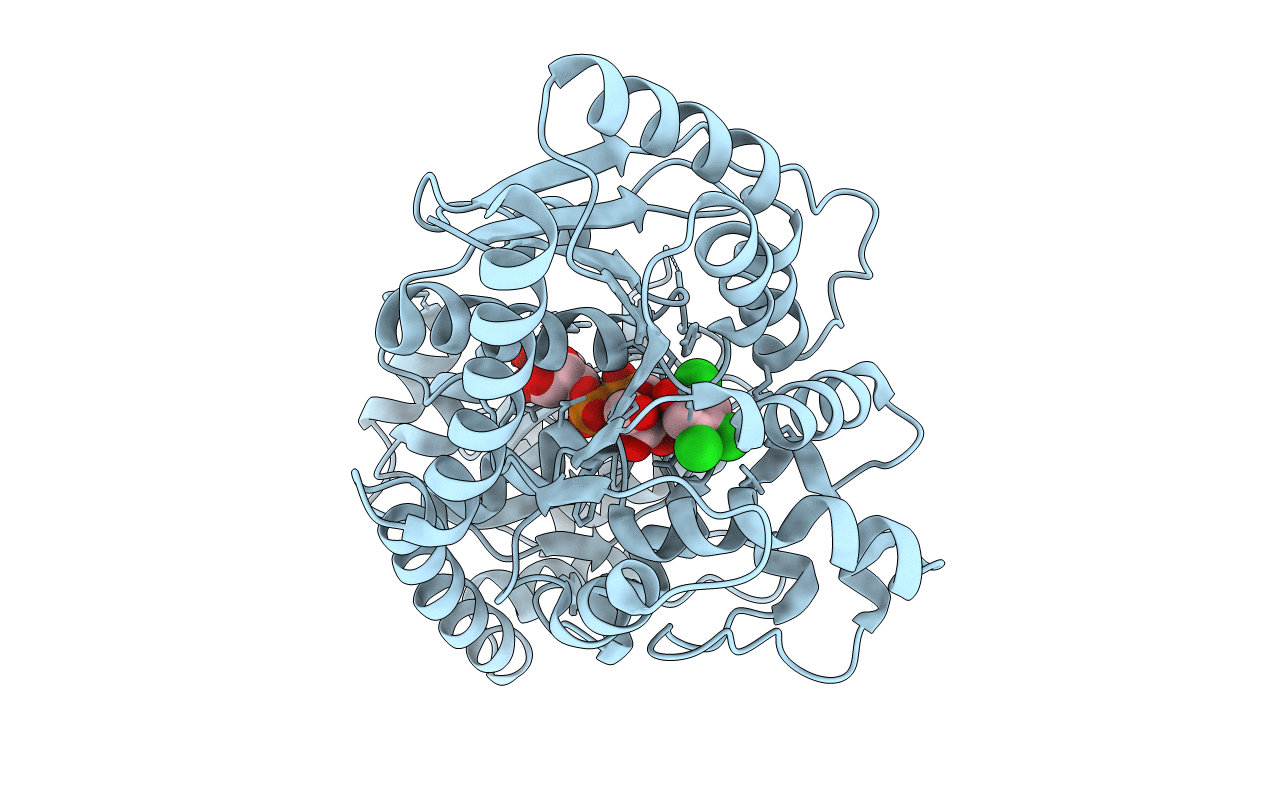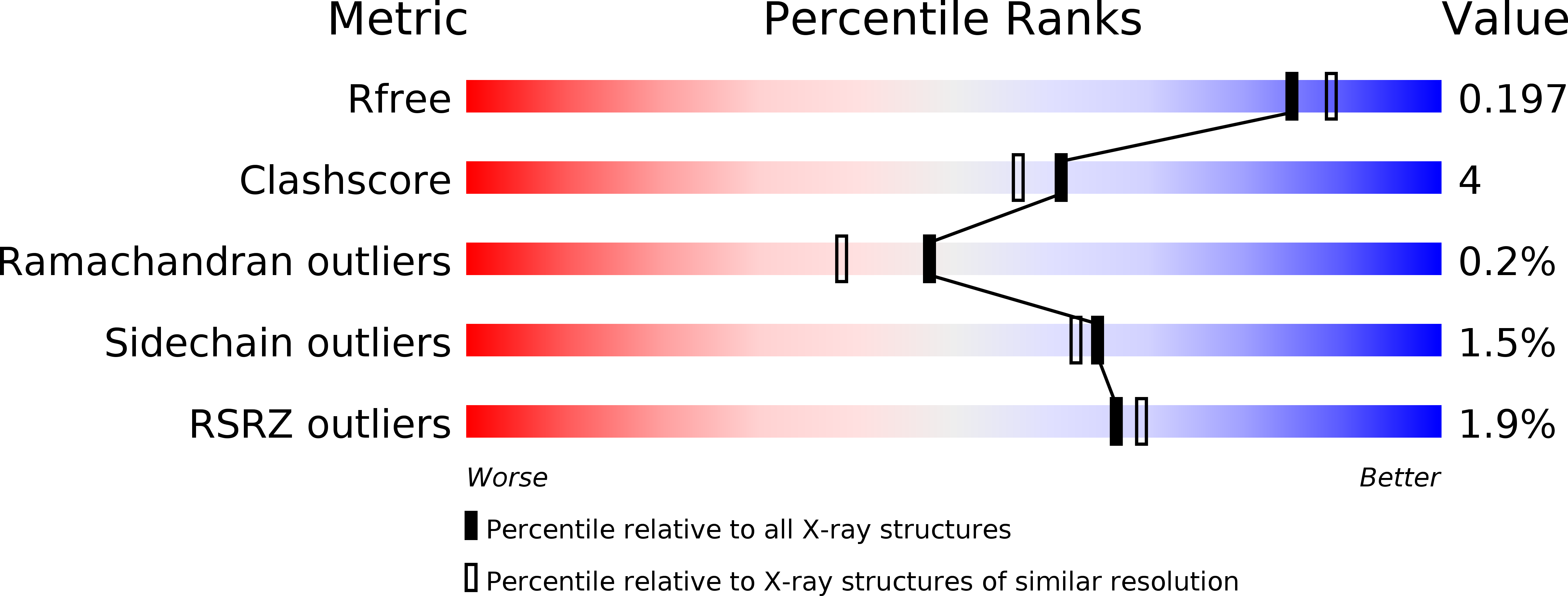
Deposition Date
2007-09-20
Release Date
2007-10-16
Last Version Date
2023-12-13
Entry Detail
PDB ID:
2VCE
Keywords:
Title:
Characterization and engineering of the bifunctional N- and O- glucosyltransferase involved in xenobiotic metabolism in plants
Biological Source:
Source Organism:
ARABIDOPSIS THALIANA (Taxon ID: 3702)
Host Organism:
Method Details:
Experimental Method:
Resolution:
1.90 Å
R-Value Free:
0.19
R-Value Work:
0.15
R-Value Observed:
0.16
Space Group:
P 1 21 1


